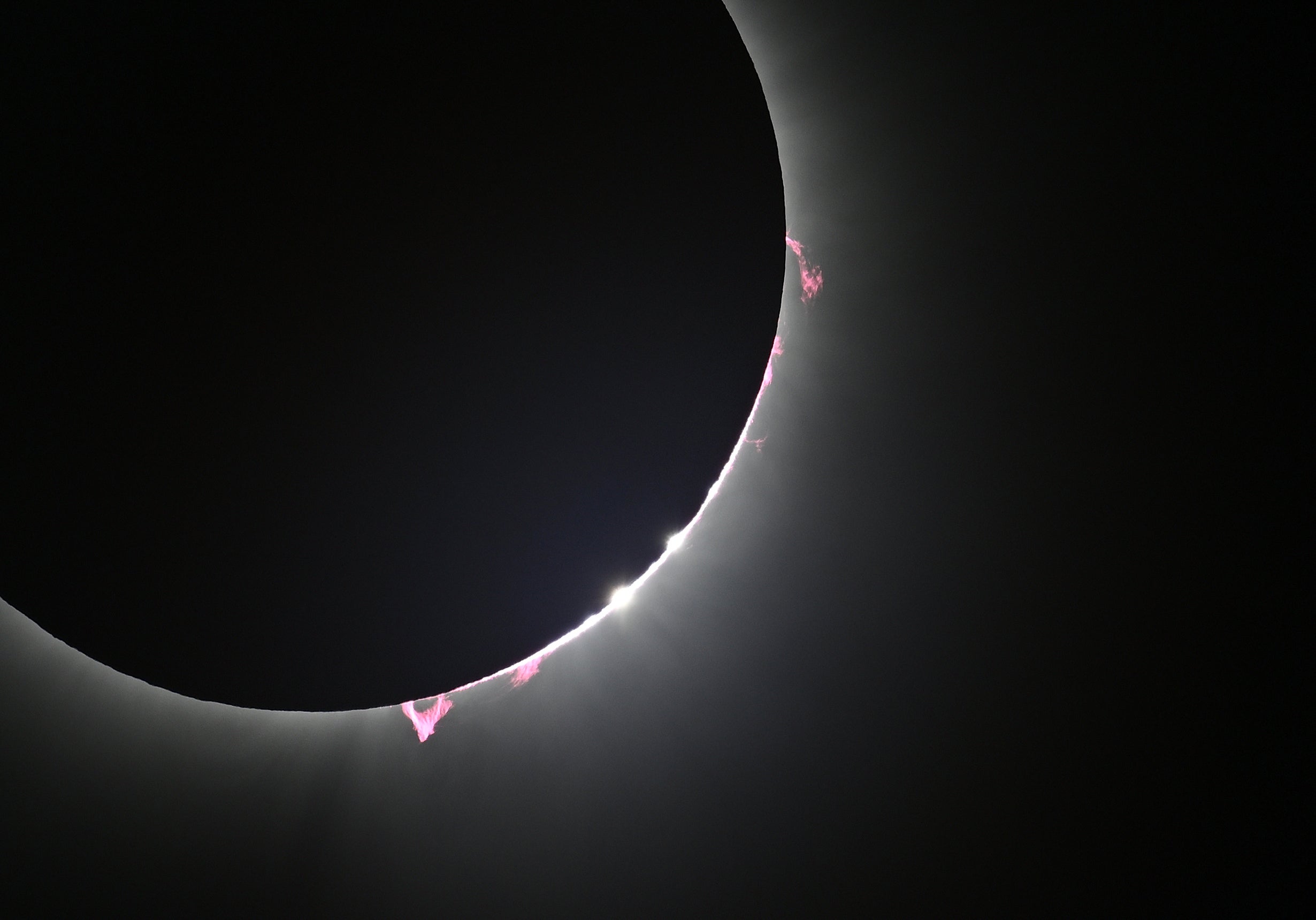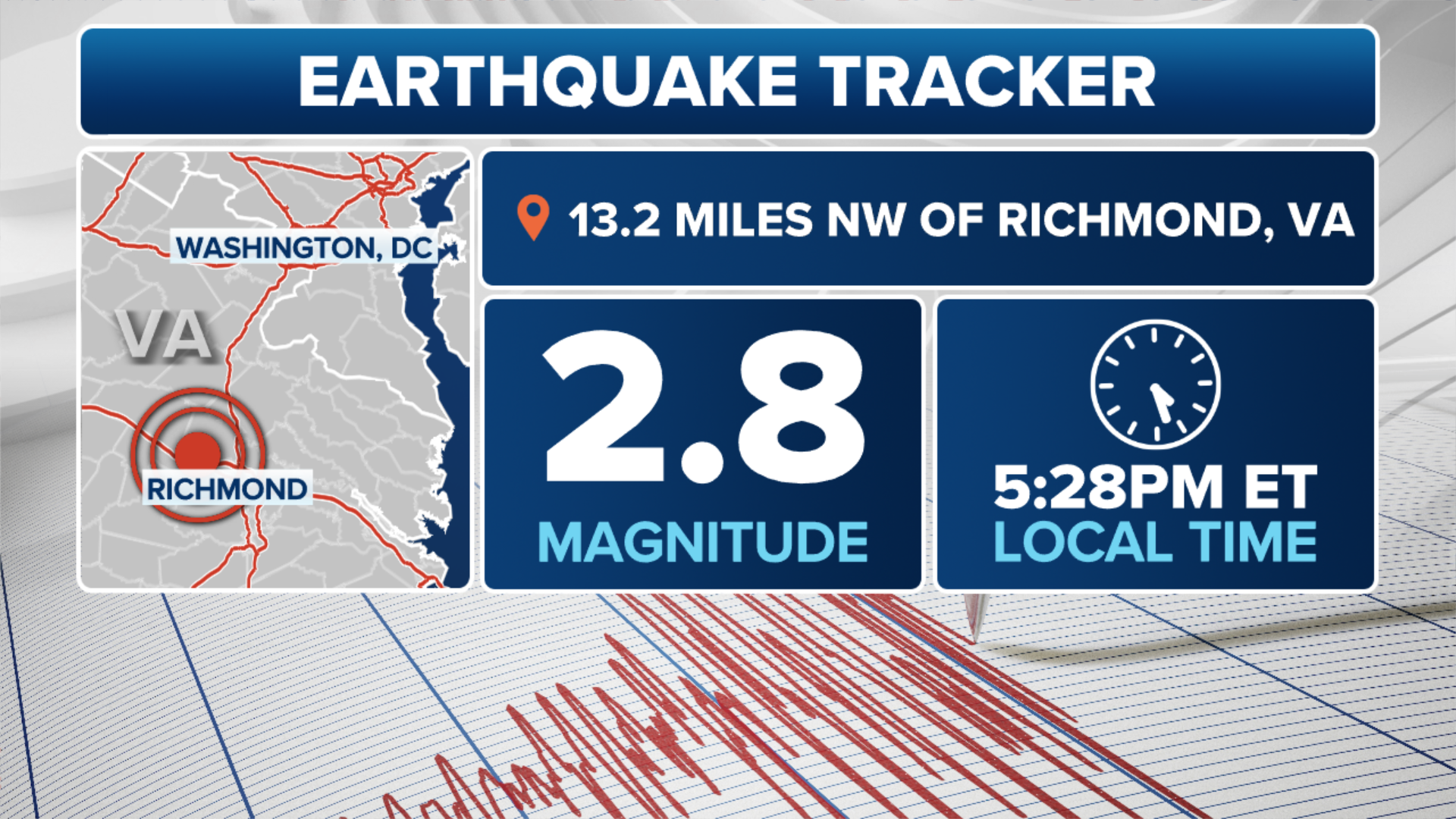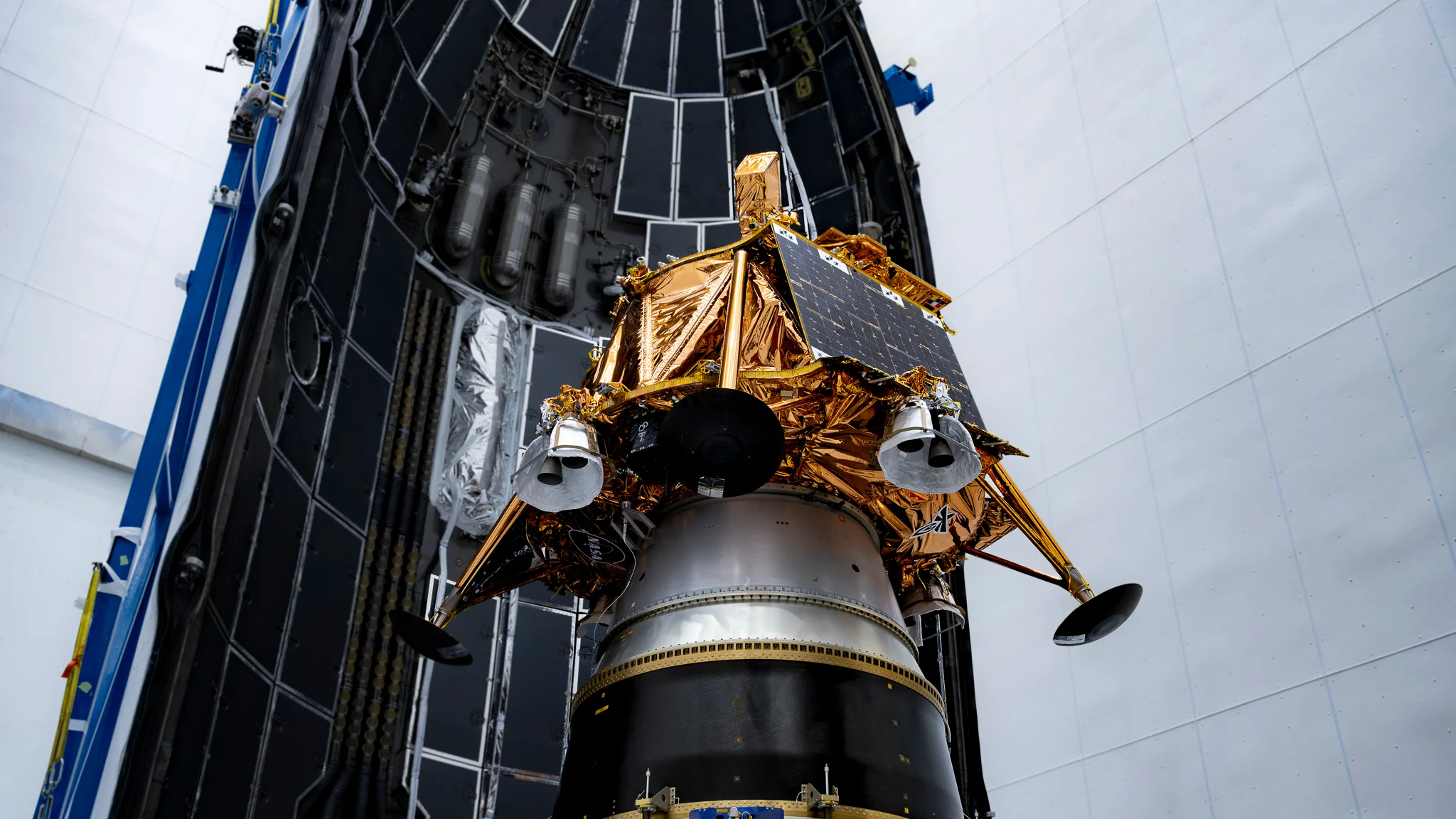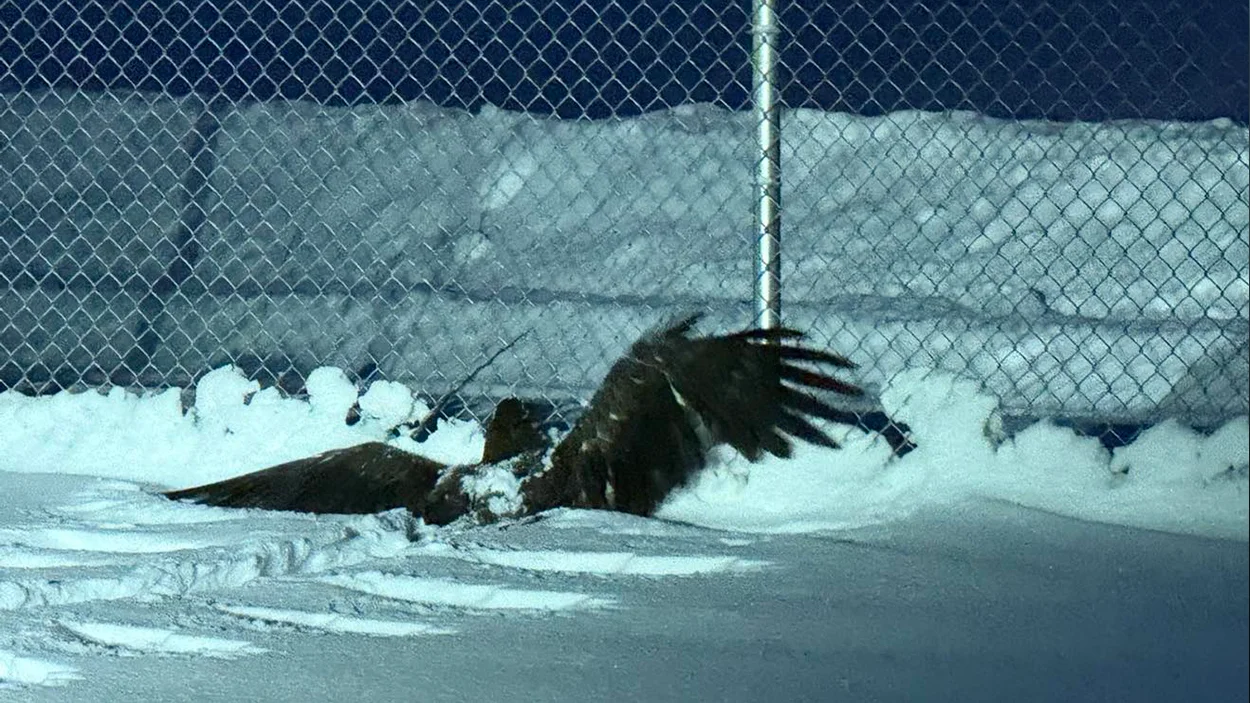From a total solar eclipse to a near-global Northern Lights display, it was a big year for the Sun and the impacts of space weather on Earth.The Sun is always the center of attention in our solar system, but 2024 was unique for a number of events that unfolded throughout the year – some we knew were coming and others that surprised us.Early in the year, the Sun was the true star of the show for April’s Great American Eclipse. FOX Weather covered totality live with crews from Texas to Maine as the Moon’s shadow eclipsed the Sun for several minutes and put on a dazzling show with partial eclipse conditions visible across the continental U.S. Preparations for the eclipse started months – and even years – in advance for those hoping to witness the few minutes of totality. Americans enjoyed the solar event, with celebrations across the country ranging from group weddings to proposals, festivals and lots of science. The next time a large part of the U.S. will be in the path of totality is in 2045 when an eclipse passes from the Pacific Northwest to the Southeast. In October, the Sun reached a period of peak activity in an 11-year cycle known as the Solar Maximum, marked by recent geomagnetic storms and near-global aurora light displays.Solar Cycle 25 has been ongoing, and scientists with NOAA and NASA have been tracking sunspots to determine and predict solar activity. The past two years marked the active phase of the solar cycle with a higher number of sunspots. According to Arcfield chief scientist and space weather expert Geoff Crowley, this period of increased activity doesn’t just stop once the Solar Maximum is reached. “We usually think of the solar maximum lasting for about a year,” Crowley said. “Throughout 2025, we’re going to see a lot of activity.”In May, millions of people who can’t normally see some of the most beautiful impacts of space weather were treated to a vibrant show of Aurora Borealis, or the Northern Lights. On May 10, NOAA’s Space Weather Prediction Center said “extreme” Level 5 out of 5 geomagnetic storm conditions were observed for the first time in 21 years. The biggest space weather event of the year unfolded over several days, producing Northern Lights as far south as Florida. “A lot of people are still talking about that storm, trying to understand what happened and what the impacts were. So that was really, really huge,” Crowley said. In October, another severe geomagnetic storm produced Northern Lights even down in the Southeast.Crowley said it’s possible these solar storm events will continue for several years.”It turns out that a lot of the major (solar) storms occur on the downside of the solar cycle,” he said. “I could imagine in the next two or three years, there’s going to be some major solar activity that we need to be aware of.”The same powerful charged particles from the Sun responsible for beautiful dancing lights can negatively impact satellites, GPS, high-frequency radio, air travel and the power grid. Crowley said that Earth’s infrastructure and space satellites were largely spared from losses during the strongest geomagnetic storm in 20 years, with some exceptions. Some of the biggest impacts of space weather this year were the GPS systems used by the agricultural industry for planting. The biggest solar storm of the year happened in May during the planting season for many crops. “In some cases, there’s not even a farmer sitting in the tractor. It’s all automated. And so during the storm, there was a loss of accuracy of GPS,” Crowley said. Farmers planted less corn and other crops during the May storm. Crowley estimated the current loss to the agricultural community because of the GPS problems at $500 million. Another concern during the solar storm events was the increased drag created on satellites in low-Earth orbit. During a major geomagnetic storm, satellite operators lose the ability to predict the satellite’s orbit or location.”They were fortunate that there were no collisions because they really couldn’t predict whether collisions are going to happen very accurately,” Crowley said.After launching a batch of Starlink satellites during a geomagnetic event in 2022 and losing 40 satellites, SpaceX raised its orbit to prevent the drag from being so extreme that the satellite propulsion systems could not overcome it. Since the last extreme geomagnetic storm, our world has become increasingly dependent on services that can be impacted by space weather. Crowley said many industries in the U.S. have taken steps to prevent outages and impacts. “The space weather community is really feeling good about the fact that we’ve been able to learn so much about storms and that there have been mitigation procedures put in place by some of the industries, in particular the electric power grid industry and the aviation industry,” he said.Once more, the Sun will received renewed attention at the end of 2024 when NASA’s Parker Solar Probe “kissed” the surface of the Sun, becoming closer than any other human-made object before. Launched in 2018, the Parker Solar Probe has been slowly closing the distance to the Sun and will reach within 3.8 million miles of our star on Dec. 24. To study the Sun at this distance, the Parker Solar Probe is a 4.5-inch-thick carbon-composite shield built to withstand 2,500 degrees Fahrenheit. During its closest approach on Christmas Eve, the spacecraft dove through plumes of plasma still attached to the Sun. According to NASA, this is close enough to pass inside a solar eruption, similar to a surfer duck-diving under an ocean wave.







